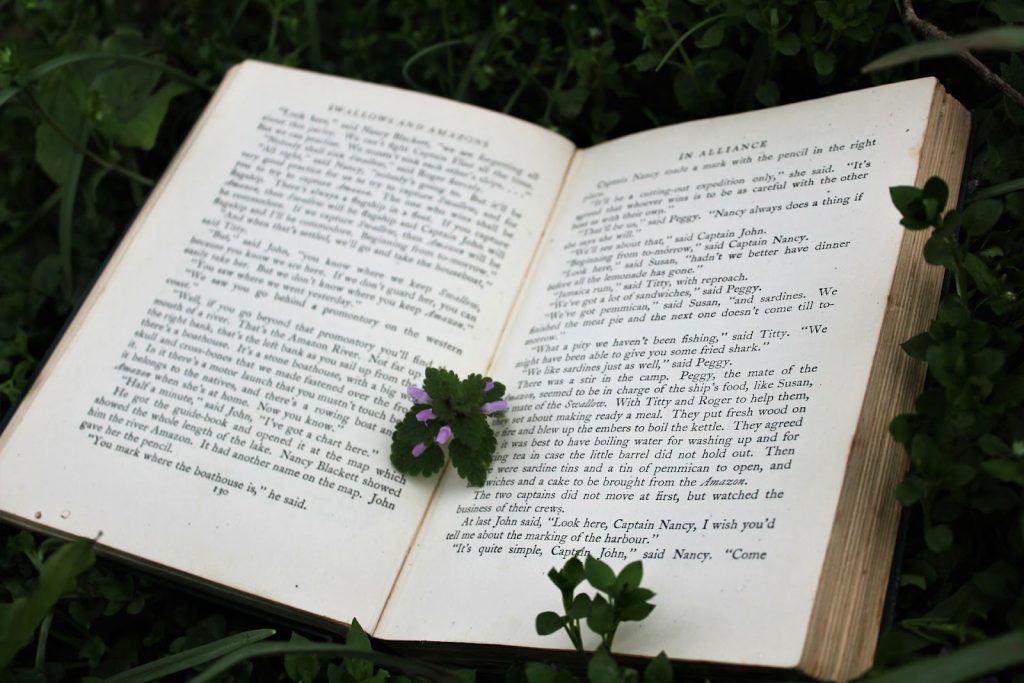Looking for literary devices examples? Understanding literary devices is crucial to sharpening your writing skills or gearing up for an English exam. There’s a whole array of them, not to mention literary elements and techniques.
To help you master these literary tools, we’ve put together a handy guide. It’s packed with literary devices examples that break down the most common techniques, explaining what they are and how they work, complete with examples to show them in action.
Table of Contents
What’s a Literary Device?
A literary device is a technique that writers use to spice up their writing, convey their ideas more powerfully, and stir emotions in their readers. Think of them as the secret ingredients in a recipe that make a story or poem more flavorful and engaging.

These devices can be simple, like a metaphor that compares two things in a creative way, or more complex, like foreshadowing, which drops hints about what’s going to happen later in the story.
You’ll find these devices not just in novels and poems but also in everyday language and non-fiction. They’re super useful for adding depth to the story, setting the mood, fleshing out characters, and making the plot more interesting.
5 Most Common Literary Devices Examples
Literary devices can take many shapes and forms. Here are 8 of the most commonly used techniques to spice up your writing:
1. Metaphor
Metaphors are a type of figure of speech often used in literature. They create vivid images and connections by asserting a direct relationship between two seemingly unrelated things.
Metaphors are widely used not just for their aesthetic quality, but also for their ability to clarify and simplify complex ideas, making them a fundamental tool in both creative and persuasive writing.

Take, for instance, Shakespeare’s “As You Like It.” Here, the world is likened to a stage, and men and women are compared to actors playing their parts. This metaphor wonderfully captures the concept that our lives are akin to a theatrical performance, where we each have different roles and scenes to play out.
Check out: Metaphorical Examples
2. Simile
Similes draw a comparison between two distinct things, explicitly using the words “like” or “as.” This literary device is very effective in painting a vivid picture in the reader’s mind, as it connects the familiar with the unfamiliar, making abstract or complex ideas more tangible and relatable.
A simile is similar to a metaphor, in the sense that they both compare two different things. However, similes use “like” or “as” to do so.
A classic example of similes is in Harper Lee’s “To Kill a Mockingbird”. The phrase “The house was as still as a tomb” compares the quietness of the house to the stillness of a tomb, a place associated with silence and solemnity.
Such a simile not only describes the quietness of the house but also imbues the scene with a sense of eeriness or solemnity, enhancing the atmosphere and the reader’s emotional connection to the scene.
Check out: Example of Similes
3. Hyperbole
Hyperbole is a figure of speech that involves exaggerated statements or claims that are not to be taken literally. It’s used to create emphasis, add humor, or bring a dramatic effect to the point being made.

The example you provided from Charles Dickens’ “A Christmas Carol” is a classic case. The phrase “as dead as a doornail” is a hyperbolic way to stress the absolute certainty of Marley’s death.
A doornail isn’t literally dead because it was never alive, but this exaggeration serves to leave no doubt in the reader’s mind about Marley’s state. It also adds a touch of humor to the text, which is a common effect of hyperbole.
Another famous example of hyperbole comes from “Romeo and Juliet” by William Shakespeare. When Romeo speaks about his love for Juliet, he declares, “I would I were thy bird.” In the context of the play, this hyperbole expresses Romeo’s intense desire to always be close to Juliet, exaggerating his feelings to the point of wishing to transform into something as small and constant as a bird.
Check out: Hyperbole examples sentences
4. Symbolism
Symbolism uses symbols to represent ideas, concepts, or qualities that are different from their literal sense. A symbol can be an object, character, figure, or color that is used to represent abstract ideas or concepts, adding deeper meaning to the story.
For example, a dove might symbolize peace, a red rose might symbolize love or passion, and a storm might symbolize chaos or emotional turmoil. These symbols allow writers to convey complex ideas and themes without explicitly stating them, thereby adding layers of meaning to their work and engaging the reader in interpreting these deeper messages.
A well-known example of symbolism is the use of the green light in F. Scott Fitzgerald’s “The Great Gatsby.” The green light at the end of Daisy’s dock represents Gatsby’s hopes and dreams for the future, particularly his desire to reunite with Daisy.
5. Personification
Personification gives human attributes or qualities to inanimate objects, animals, or abstract ideas. This technique involves attributing human characteristics like emotions, desires, sensations, gestures, or speech to non-human entities.

For example, saying “the wind whispered secrets through the trees” gives the wind the human ability to whisper, as if it’s a living entity capable of communication. This not only creates a more engaging and imaginative description but also allows the writer to express ideas and emotions in a more dynamic and impactful way.
Personification is commonly used in literature and poetry to bring objects and nature to life, making them more compelling to the reader. It can evoke empathy and a deeper underLiterary Devices Examplesstanding of the natural world or abstract concepts, bridging the gap between the human experience and the non-human elements being described.
Check out: Example of Personification in Literature
A well-known example of personification in literature can be found in William Wordsworth‘s poem “I Wandered Lonely as a Cloud.” In this poem, Wordsworth personifies the daffodils, describing them as dancing and fluttering in the breeze:
“They flash upon that inward eye
Which is the bliss of solitude;
And then my heart with pleasure fills,
And dances with the daffodils.”
Here, the daffodils are given human attributes – they are not just flowers swaying in the wind but are actively dancing, much like joyful people might.
Wrapping It Up!
We hope literary devices examples have deepened your appreciation for literature and the artistic masterminds behind it. They are the secret ingredients that make stories come alive, creating depth and richness in the world of words. So, the next time you dive into a good book, keep an eye out for these devices – you might be surprised at how much more there is to discover in your favorite stories.


